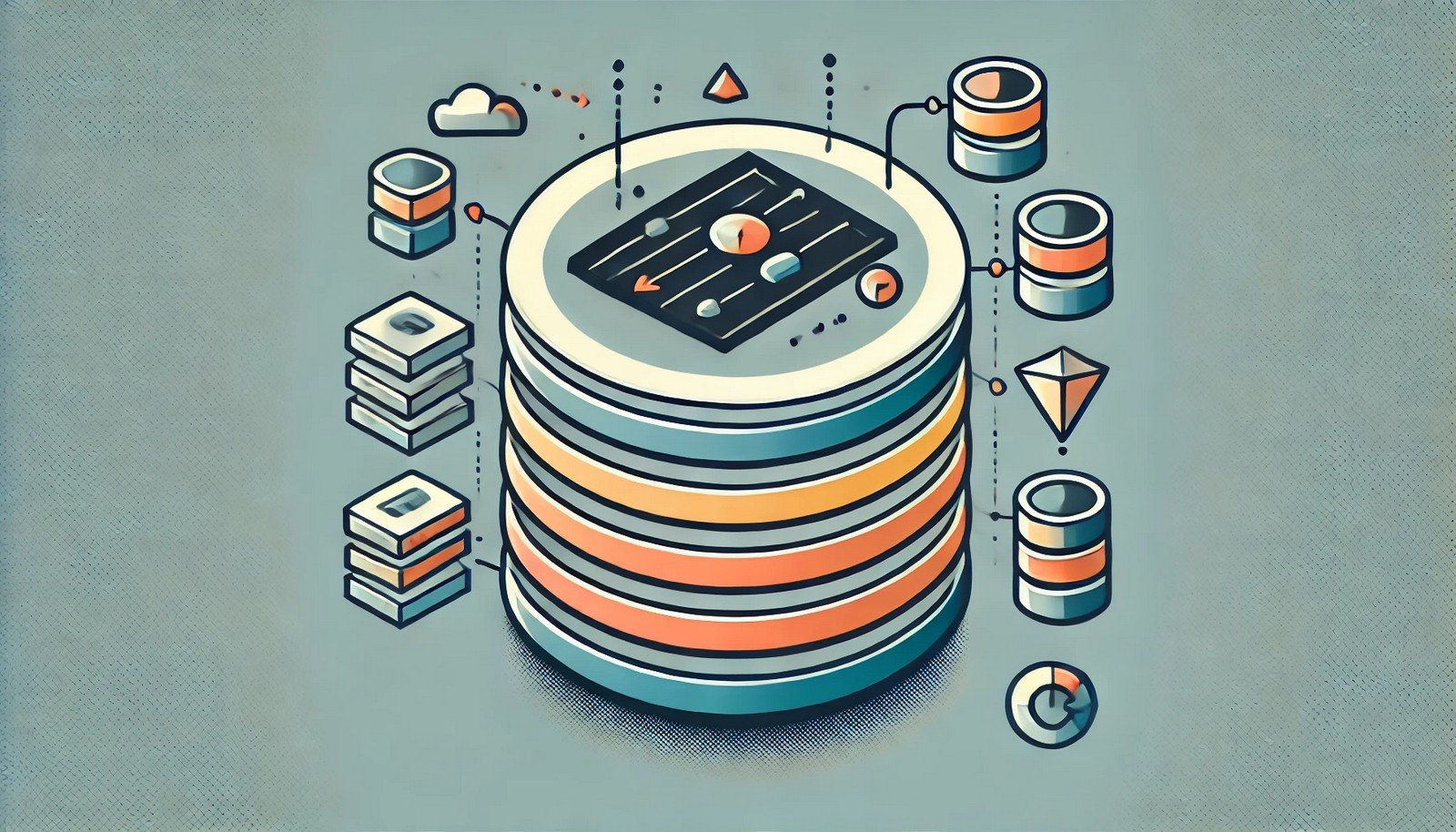Snapshot Isolation
 (Representational Image | Source: Dall-E)
(Representational Image | Source: Dall-E)
Quick Navigation:
- Snapshot Isolation Definition
- Snapshot Isolation Explained Easy
- Snapshot Isolation Origin
- Snapshot Isolation Etymology
- Snapshot Isolation Usage Trends
- Snapshot Isolation Usage
- Snapshot Isolation Examples in Context
- Snapshot Isolation FAQ
- Snapshot Isolation Related Words
Snapshot Isolation Definition
Snapshot Isolation (SI) is a concurrency control mechanism used in database management systems to ensure transactions operate on a consistent view of the data. It prevents read anomalies by allowing transactions to read a "snapshot" of the database at a particular point in time, avoiding conflicts with concurrent updates. SI enhances performance by reducing contention, but it does not provide full serializability, meaning write-write conflicts must still be managed explicitly. It is widely used in systems like PostgreSQL, Oracle, and Microsoft SQL Server.
Snapshot Isolation Explained Easy
Imagine you and your friend are reading the same book, but you get a copy of the book exactly as it was when you started reading, even if someone else is making changes to the original. This way, you can finish reading without worrying about someone altering words while you're still on the same page. Snapshot Isolation works the same way—it gives each transaction its own stable view of the data while others are making changes.
Snapshot Isolation Origin
The concept of Snapshot Isolation emerged in the early 1990s as database researchers sought efficient ways to handle concurrent transactions. It evolved alongside multi-version concurrency control (MVCC) techniques, which allow databases to maintain multiple versions of data, reducing locking mechanisms and improving transaction throughput.
Snapshot Isolation Etymology
The term "Snapshot Isolation" comes from the idea of taking a "snapshot" of a database's state at the beginning of a transaction, ensuring a stable, isolated view of the data.
Snapshot Isolation Usage Trends
Snapshot Isolation is increasingly popular due to the rise of distributed databases and cloud-based transaction systems. Many modern database engines implement SI or similar techniques to balance performance with data consistency. The trend towards large-scale, highly concurrent applications has made SI a preferred choice in enterprise database management.
Snapshot Isolation Usage
- Formal/Technical Tagging:
- Database Transactions
- Concurrency Control
- Multi-Version Concurrency Control (MVCC) - Typical Collocations:
- "Snapshot Isolation level"
- "MVCC and Snapshot Isolation"
- "Handling write conflicts in Snapshot Isolation"
- "Snapshot Isolation in PostgreSQL"
Snapshot Isolation Examples in Context
- A banking application uses Snapshot Isolation to ensure that an account balance read by a transaction remains consistent, even if concurrent transactions modify it.
- In an e-commerce platform, Snapshot Isolation allows multiple users to view product availability without conflicting with ongoing stock updates.
- A reporting system runs long analytical queries using Snapshot Isolation to avoid interference from real-time database updates.
Snapshot Isolation FAQ
- What is Snapshot Isolation in databases?
Snapshot Isolation is a transaction isolation level that allows each transaction to work with a consistent snapshot of the database while avoiding conflicts from concurrent read operations. - How does Snapshot Isolation differ from serializability?
SI prevents read anomalies but does not ensure full serializability, as write conflicts must still be handled separately. - What database systems support Snapshot Isolation?
Popular databases like PostgreSQL, Oracle, SQL Server, and MySQL (with certain configurations) support SI or similar concurrency control mechanisms. - How does Snapshot Isolation improve performance?
By avoiding strict locking mechanisms, SI reduces contention between transactions, improving concurrency and throughput. - What is the primary drawback of Snapshot Isolation?
While SI prevents read anomalies, it can still lead to write-write conflicts if multiple transactions attempt to modify the same data. - Is Snapshot Isolation suitable for real-time applications?
Yes, SI is widely used in real-time applications where high concurrency and consistent data reads are crucial. - How does Snapshot Isolation relate to MVCC?
Snapshot Isolation is implemented using Multi-Version Concurrency Control (MVCC), which maintains multiple versions of data to support concurrent transactions. - Can Snapshot Isolation lead to data inconsistencies?
If not managed properly, SI can lead to write skew anomalies, where conflicting transactions update different parts of a dataset without seeing each other’s changes. - How does Snapshot Isolation handle updates to the same data?
If two transactions attempt to update the same data, SI may allow both reads but will prevent conflicting writes from being committed. - What industries benefit most from Snapshot Isolation?
Industries dealing with high-concurrency environments, such as finance, e-commerce, and cloud computing, benefit from SI due to its efficiency in managing transactions.
Snapshot Isolation Related Words
- Categories/Topics:
- Database Management Systems
- Concurrency Control
- Transaction Processing
Did you know?
Snapshot Isolation played a crucial role in scaling cloud databases for global applications. Major cloud providers, including Amazon and Google, have adapted SI-based techniques to support billions of transactions per second while maintaining consistency across distributed data centers.
PicDictionary.com is an online dictionary in pictures. If you have questions or suggestions, please reach out to us on WhatsApp or Twitter.Authors | Arjun Vishnu | @ArjunAndVishnu

I am Vishnu. I like AI, Linux, Single Board Computers, and Cloud Computing. I create the web & video content, and I also write for popular websites.
My younger brother, Arjun handles image & video editing. Together, we run a YouTube Channel that's focused on reviewing gadgets and explaining technology.



Comments powered by CComment